While there is only one path to God – through Jesus Christ Our Lord – there are many paths to his Church. These paths are oftentimes paved with books.
In my case, God used certain writings to help me overcome my particular intellectual and spiritual roadblocks.
Not everyone has my background, my roadblocks. Not each book that meant something to me will mean something to you. God’s ways of reaching our hearts and minds are specially tailored to every person. He can use people, videos, blog posts, life events, tragedies – all sorts of things, including books.
Here are the top five books that shed light on my path so I could at least see my feet – enough to start my journey one small step at a time.
These books are not listed in order of importance, but in chronological order – the order in which God used them to lead me to his Church.
1. The King James Only Controversy (James White)
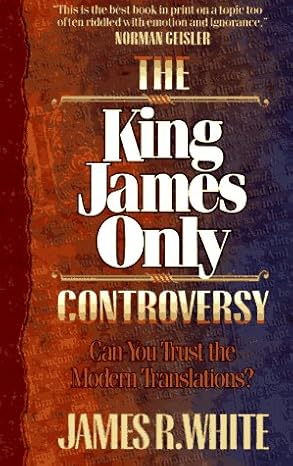
I was house sitting for a friend over the weekend in the summer of 1995, a year after I moved to Texas. After church on Saturday, before going back to the house alone, I drove to the Protestant Christian bookstore in Tyler to find a good book.
I discovered that the store was closing early, so I quickly scanned the aisles to find something worth reading. I only had time enough to judge books by their covers. One book on the “New Releases” display finally caught my attention: The King James Only Controversy, by James R. White.
When I saw the book, I thought, Great! This will good!, because I had been having some friendly in-class disputes about this topic with my instructor Vance Stinson at Imperial Academy (my church’s two-year educational program).
The reason for this is that in my family (not my church) I was raised to believe the KJV wasn’t just one translation among many; it was “the Bible.” It was pretty much a God-inspired translation, unlike the “counterfeit Bibles” offered in the New International Version, the New American Standard Bible, the New King James Bible, and all the rest.
Once I began reading my new book, however, I regretted my impulsive purchase, for I had erroneously believed the book supported what I already believed. On the contrary, the book presented a case against my view.
But, since I already paid for it, I decided to read it anyway. It would at least help me understand where the “wrong” side was coming from.
I found the book engrossing, exhilarating, exciting. With a blanket and beverage, I was glued to the sofa at my friend’s house and read all 271 pages. By the time I finished, I was convinced. My mind was changed – because the book was that clear, that well-written, that winsome. It blew open the doors of my understanding in one sitting. I did a 180-degree turnaround.
Having made such an impact on me, it inspired me later to write an article that was published in my church’s flagship periodical at the time, Twentieth Century WATCH. (The article is archived here.)
So how did this book help me to become Catholic?
It’s hard to explain, but it was a necessary step for me. In order to grow in grace and knowledge, I needed to break free from the ignorance and superstitious shackles of “King James Onlyism.” It’s what I needed to even begin to advance in the spiritual life.
Like I said, we’re all different. Chances are, this would mean nothing to you – unless you’re weird. And I was weird at the time, so it meant everything to me.
Also, it’s not insignificant that as a Reformed Baptist, author James White was (and is) no friend of the Catholic Church. I followed him after reading his book on the KJV, and consequently adopted his bold support for the novel Protestant theory of sola scriptura, or “Bible alone.”
This led me to seek out his audio debates online with prominent Catholic apologists. (Do you remember listening to RealAudio files almost 30 years ago?) I wouldn’t have listened to these eye-opening debates (which led me to another unexpected 180-degree turnaround) had I not first been a “fan” of James White’s 1995 title.
Incidently, he kindly replied to a thank-you letter I wrote, but he wasn’t so kind a few years later during an online chat when I spoke of possibly converting to Catholicism. (He was on my AOL “buddy list” with his screen name “Orthopodeo.”)
2. How to Read the Bible for All Its Worth (Gordon D. Fee & Douglas Stuart)
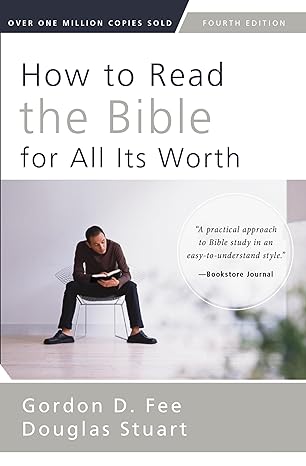
At the same bookstore, this time on a Friday (November 15, 1996), I bought How to Read the Bible for All Its Worth, because it looked like the kind of practical, how-to guide that I find interesting. I was in learning mode, so this seemed like a good fit.
And so it was. While I disagreed with many of the authors’ doctrinal conclusions (as evidenced by my handwritten notes in the margin, it was incredibly eye-opening.
I always tended to see Bible study as
- finding all the verses on a topic
- reading them carefully
- comparing what I read with the prevailing view, and
- choosing to believe the plain teaching of the Bible over any other teacher’s view.
While this simplistic approach was not entirely wrong, the book absolutely revolutionized my approach to Bible study. Just as a good youth basketball program teaches its students the fundamentals of the game – ball handling, passing, layups, etc. – this book teaches the fundamentals of the art and science of biblical interpretation.
The book so revolutionized my approach to Scripture that it was the inspiration behind an article I wrote for The International News entitled “Mistakes Bible Readers Make,” which was later incorporated into a booklet I edited and co-wrote with my father called How to Study Your Bible. To this day it is still published by the Church of God International.
How did this Protestant book help me to become Catholic? It helped me to see basic, commonsense principles for interpreting the Bible. And it turns out the Bible is a Catholic Book.
3. The Holy Bible (New International Version)
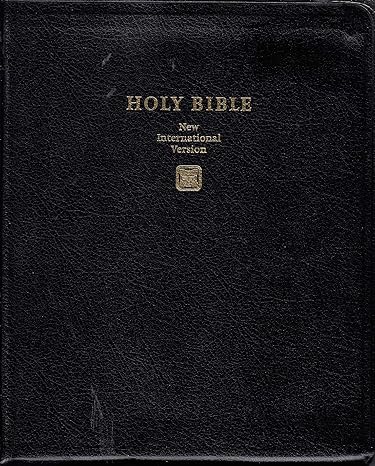
Having learned what I did from the two aforementioned books, my time with the Scriptures was much more fruitful.
I bought a new premium leather, wide-margin edition of the NIV. Reading its updated language (compared to the KJV) was like un-kinking a water hose; it flowed so much better. Even the formatting with paragraphs was helpful, because subconsciously I had ended up seeing books of the Bible as a collection of individual “verses” rather than a logical progression of ideas. It was exciting to read the Bible “for all its worth.” It still is.
Reading the NIV at that time was very helpful. Today, however, I generally use the Catholic editions of the original Revised Standard Version (RSV-2CE) and the English Standard Version (ESV-CE). Their translations are better, and they retain the seven Old Testament books omitted by most Protestant Bibles.
4. By What Authority? An Evangelical Discovers Catholic Tradition (Mark P. Shea)
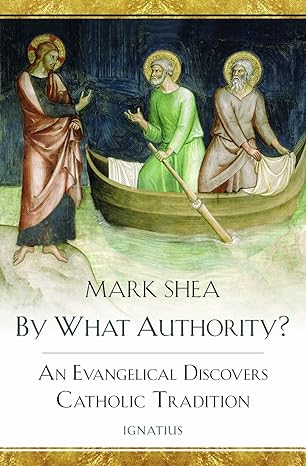
While he eventually embraced obnoxious left-wing politics and modernistic views (I don’t generally recommend him), Mark Shea’s book By What Authority? opened my eyes like few others.
With alarming clarity, he lays out the case for the Catholic view of the Bible. I don’t own a copy of Shea’s book (I borrowed it), but it “sealed the deal” for me when it came to understanding that Martin Luther’s new “Bible alone” theory was a sham.
The idea that the Bible is the sole authority in all religious matters is so taken for granted, it is hard for most Evangelicals to overcome. But once you see the truth of the matter, you can’t “unsee” it.
I recommend this book to anyone who can’t see that the Bible is inseparable from the Church and Tradition.
5. Catholicism and Fundamentalism: The Attack on “Romanism” by “Bible Christians” (Karl Keating)
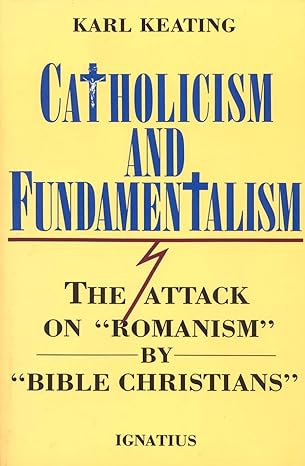
Karl Keating is the OG of modern American Catholic apologists. He began his work in the 1980s when Catholic apologetics was in severe decline. He is retired today, but the organization he founded, Catholic Answers, is still prominent in the world of Catholic apologetics today.
His first book, Catholicism and Fundamentalism, was extremely helpful to me, because in it he demonstrates how best to explain the Faith against errors. He never resorts to being argumentative; but with patience and clarity he presents strong argumentation. He rationally debunks Fundamentalist objections to Catholicism. Using the Bible, sound reason, and history, he addresses topics such as:
- biblical inspiration
- Sacred Tradition (versus “Traditions of Men”)
- justification
- infant baptism
- purgatory
- papal infallibility
- Mary and the saints
- the Mass
- the Inquisition
It’s packed with timeless insights, loaded with solid information, and written with compelling clarity.
In no way am I saying this is the best Catholic apologetic work in print. There are better books, but this one met me where I was, and proved very helpful.
It was a correct application of all I had learned up to that point in the books mentioned above: It didn’t rely solely on one translation of the Bible; it was fair in how it interpreted the Bible; it rightly emphasized the importance of the Bible; and it didn’t treat Christianity as a mere “religion of the book,” but as one grounded in salvation history and Sacred Tradition. It was simple, faithful, and reasonable.